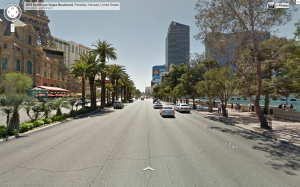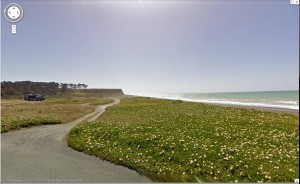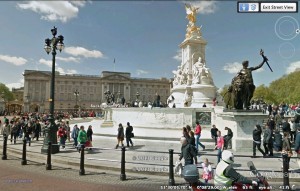@Quy_Luu
I found this image on Google map; it is a view from South Las Vegas Boulevard, Las Vegas, Nevada. In “The World Of Art”, Walter said “This image makes it easy to comprehend the social bases of the con- temporary decay of the aura. It rests on two circumstances, both of which are related to the increasing significance of the masses in contemporary life” (III); as you can see in this image, the boulevard divided the view into two different parts. The left view has tower and theater with crowded group of people, it seems like pretty busy downtown. In contrast, the right view makes you feel very peaceful and relaxing because of the small lake with water fountain.
“The concept of aura which was proposed above with reference to historical objects may usefully be illustrated with reference to the aura of natural ones. We define the aura of the latter as the unique phenomenon of a distance, however close it may be.” (III); with this image, every single element combine to make a beautiful view. Additionally, they help people determine and illustrate about human life; they are always various aspects that suppose to make your life more colorful. When you look at the peaceful small lake with few people on the sidewalk in your right and the buildings with busy atmosphere in your left, you can feel two side of the image are neutral. Plus, the two lines of the tree make you feel fresh, energetic and eager. This place supposes to entertain people and everybody go to Las Vegas with only one reason, enjoying their life.




